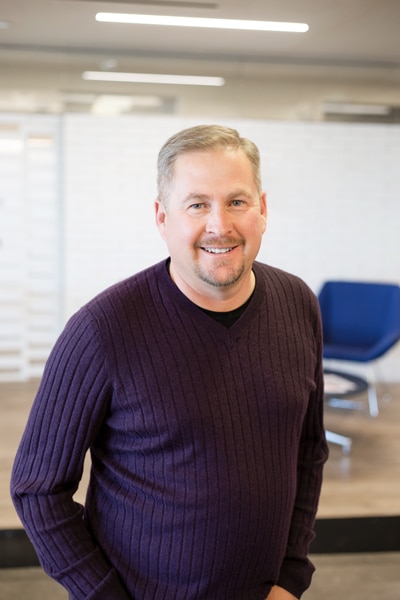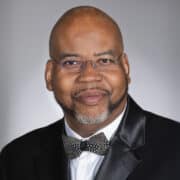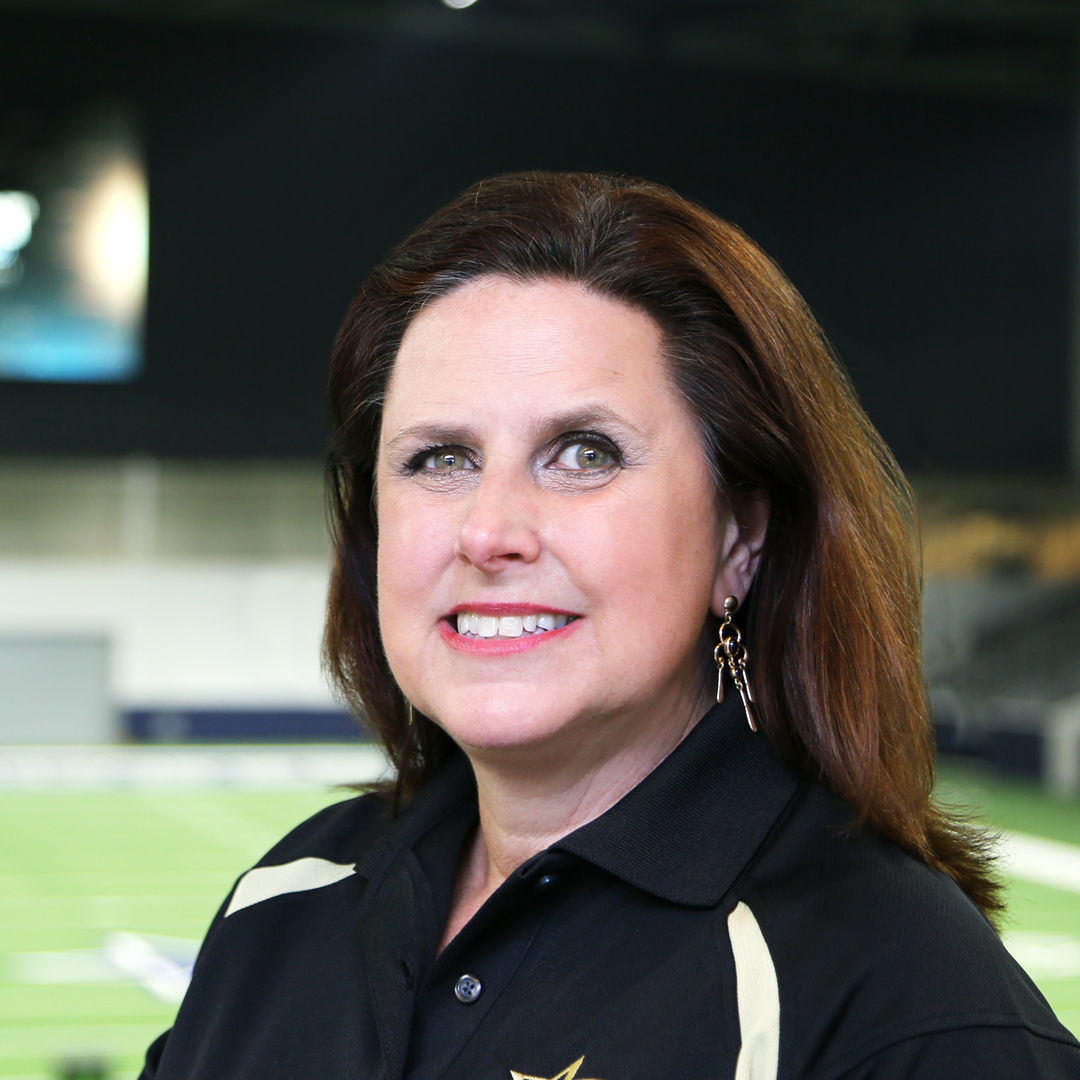|
Getting your Trinity Audio player ready...
|
Planview CEO Gregory Gilmore knows the importance of changing with the times. With more than thirty years of experience in sales, consulting, and operations management, his résumé includes tenures at Ernst & Young, Texas Instruments, James Martin & Co, and ABT.
“I saw how the impact of process and aligning work and strategy was so impactful to organizations, and it became a life passion for me,” Gilmore shares. “Getting to see how companies dealt with their issues and problems—and how they transformed themselves—has left an indelible mark on me that I’ve brought into my career.”
He joined Austin, Texas-based Planview in 1996, attracted to the company by the vision of the company’s founder. Ever since, Gilmore has been a driving force behind Planview’s explosive growth over the past two decades, as the company pioneered the work and resource management category for enterprise software.
Now, nearly twenty-five years later, the key to Planview’s continued success? Rewiring the entire company.
“The first thing I did when I arrived here was establishing the idea of value streams. One of the things I learned at Ernst was process without context is death, because you have process with no beginning, no end, and no defined outcomes,” he says. “We built a solution-delivery value stream, a customer service value stream, and a value-based team selling (or go-to-market) value stream. Today, we’re leveraging agile management principles throughout those value streams to become more nimble and be a better journey partner for our customers as they embark on their own transformation journeys.”

Under Gilmore’s leadership, the company grew the total addressable market from $300 million to $8 billion in just two years and increased revenue from $70 million in 2013 to more than $240 million in 2019. Planview expanded its global footprint to over 700 employees serving more than 3,500 customers. He’s also led an executive team that has evolved to become more people centric.
“I believe and subscribe to the concept of servant leadership, and I think about the five tenants of servant leadership: model the way, inspire shared vision, challenge the process, enable others to act, and encourage the heart,” Gilmore explains. “For me, the most important thing we can do is be human-centric in our leadership style, putting people at the center of everything we do—whether that’s our customers, our employees or our shareholders.”
His goal is to enable every person in the company—including his leadership team—to have the ability to lead these five principles and motivate everyone to accomplish more than they ever thought possible.
Gilmore adds that the world of work has changed in recent years due to new management and delivery methodologies, changing demographics, team-centric dynamics, and now a virtual way of doing things. During this same period, Planview invested heavily in its products, capabilities, and employees to be the best long-term partner for customers as they transform strategy to delivery.
“Not only did we shift what we deliver for our customers, but several years ago, we set out to reinvent ourselves and transform into a company that could quickly pivot to fit the evolving needs of the market and our customers,” he explains. “It’s our own agile transformation, where we have transformed and embraced a full rewire of the business, culture, measurement, performance, and our way of working.”
In his role as CEO, he feels it’s his job to set direction and strategy, allocate resources, measure results, and enable people to act.
“The one thing about the CEO chair is you have to embrace ambiguity—there’s no day that looks like the last,” Gilmore notes. “One of the mistakes a strong operational CEO can make is to actually constipate the ability of the organization to scale because others don’t feel like they are enabled to act. I take it very seriously that I need to understand my span of control. I want to set clear direction and make sure we collectively understand the resources we are committing to that strategy.”
“For me, the most important thing we can do is be human-centric in our leadership style, putting people at the center of what we do.”
When the results aren’t what they need to be, that’s when it’s time to go back and transform.
“I believe strongly that bad news doesn’t get better with age. It’s better to deal with facts and truths,” Gilmore says. “My hope is that people will associate Planview with this idea of rewiring strategy to delivery. Without what we do, organizations simply can’t transform in the way that I think they need to.”
The thing he is most proud of with the transformation is that in April 2020, Planview was named a leader in Gartner Research’s Magic Quadrant for Enterprise Agile Planning Tools.
“We’re a company that has been around for thirty years, so our ability to pivot and achieve a leadership position in a critical industry analyst assessment is affirming to me,” he shares.
Reflecting on his career, Gilmore likens it to building a wall.
“Every opportunity was a brick,” he shares. “What I tell my kids and the young people I mentor is to lay the cornerstone and don’t be afraid to lay those bricks.”














